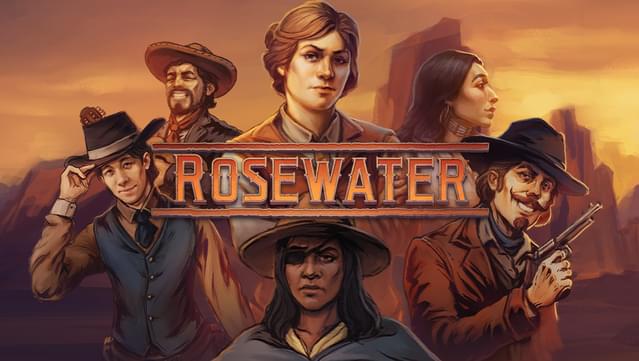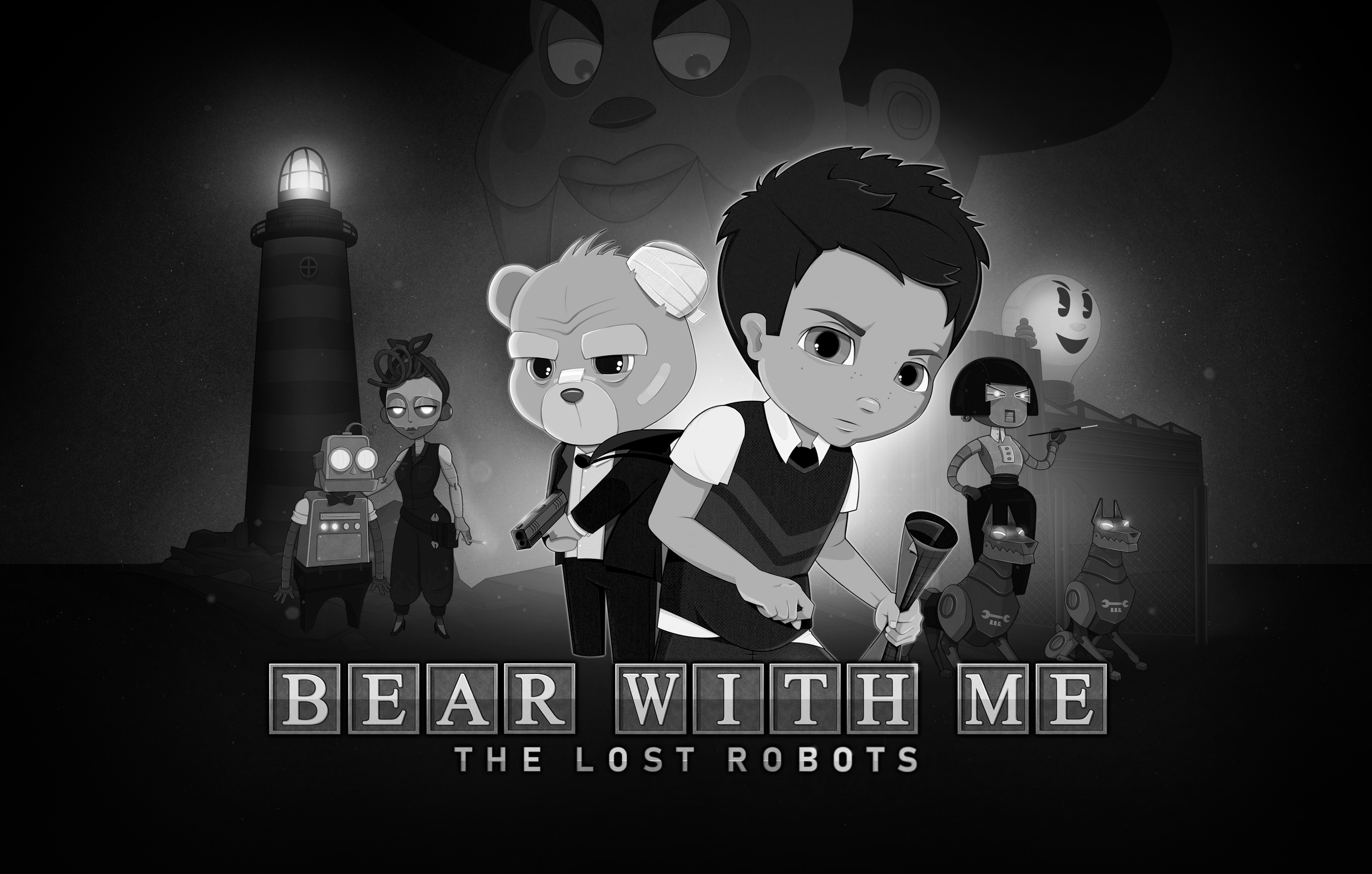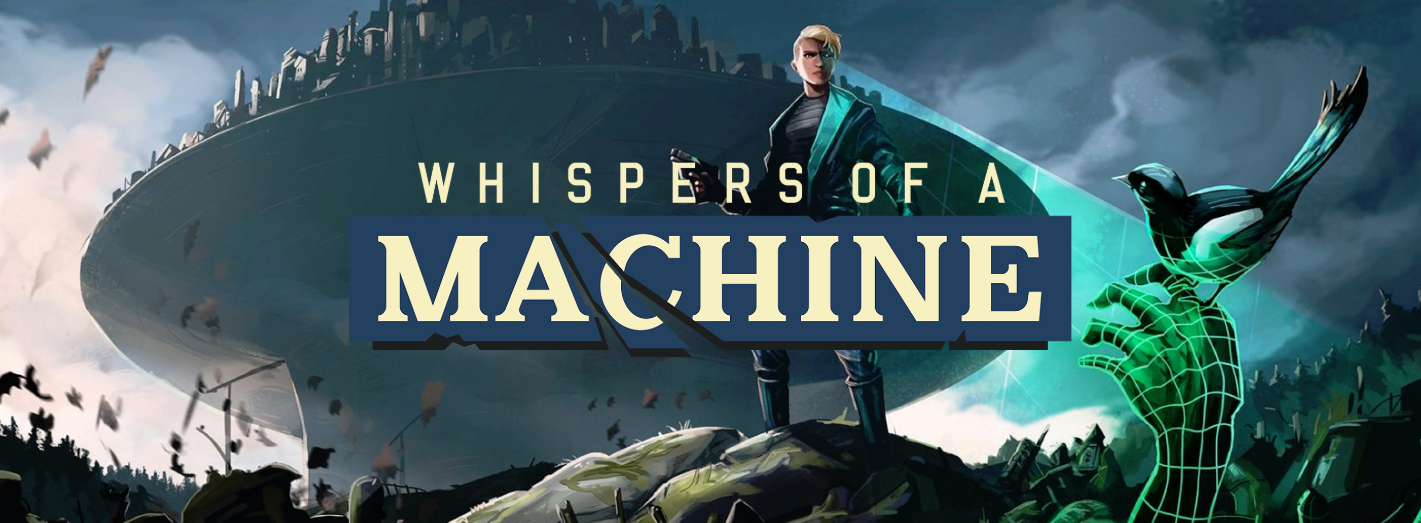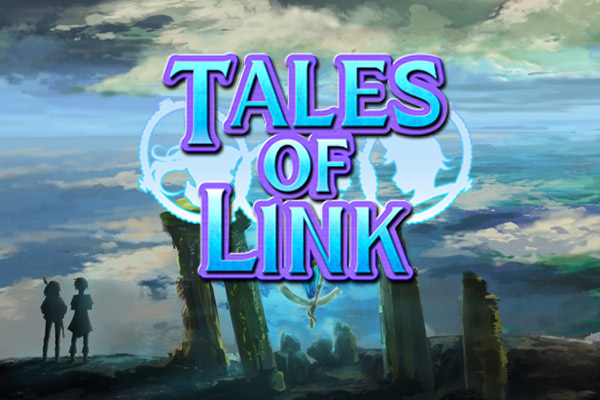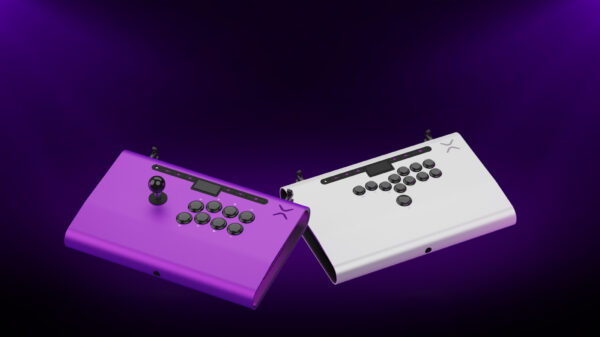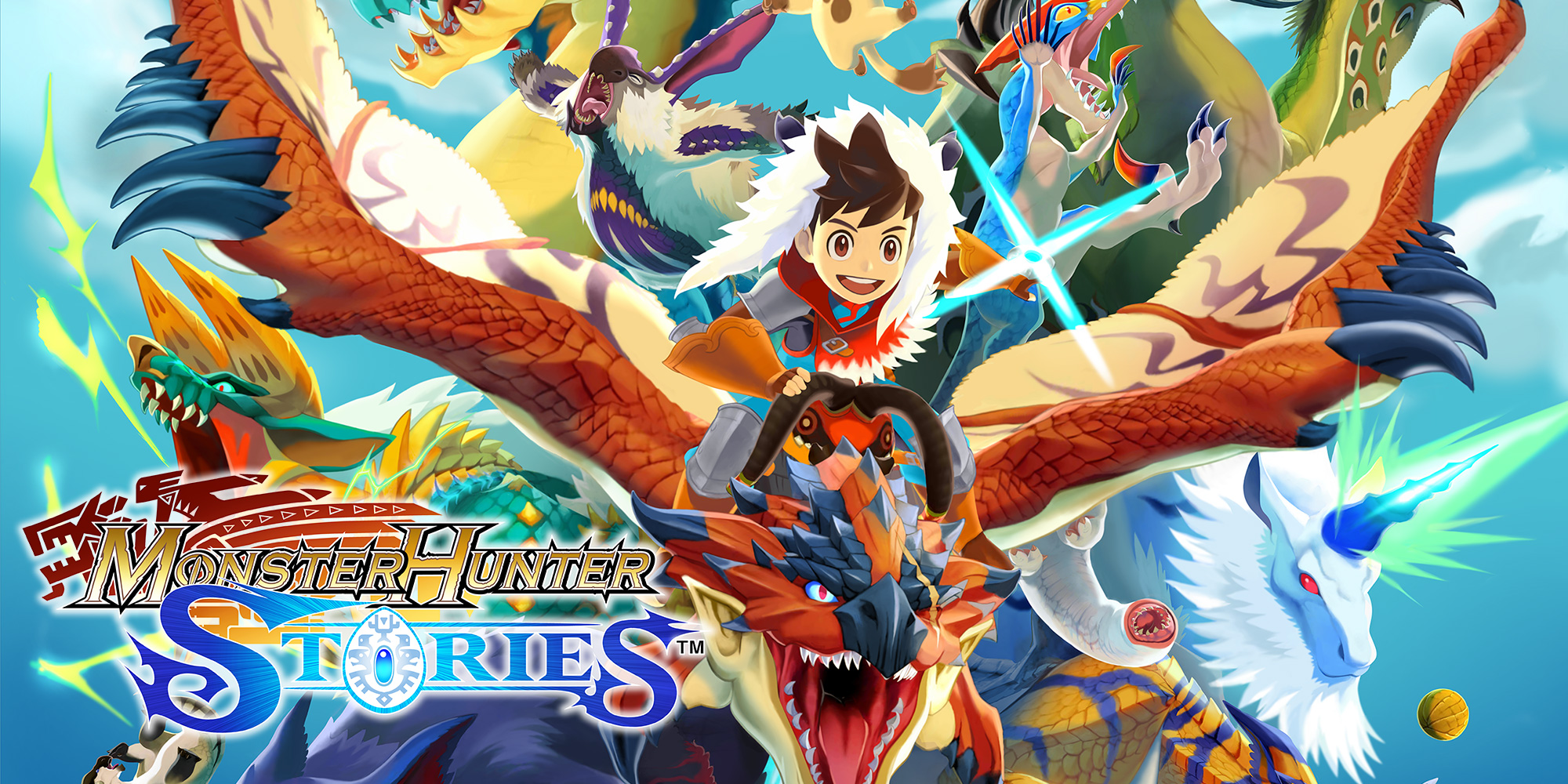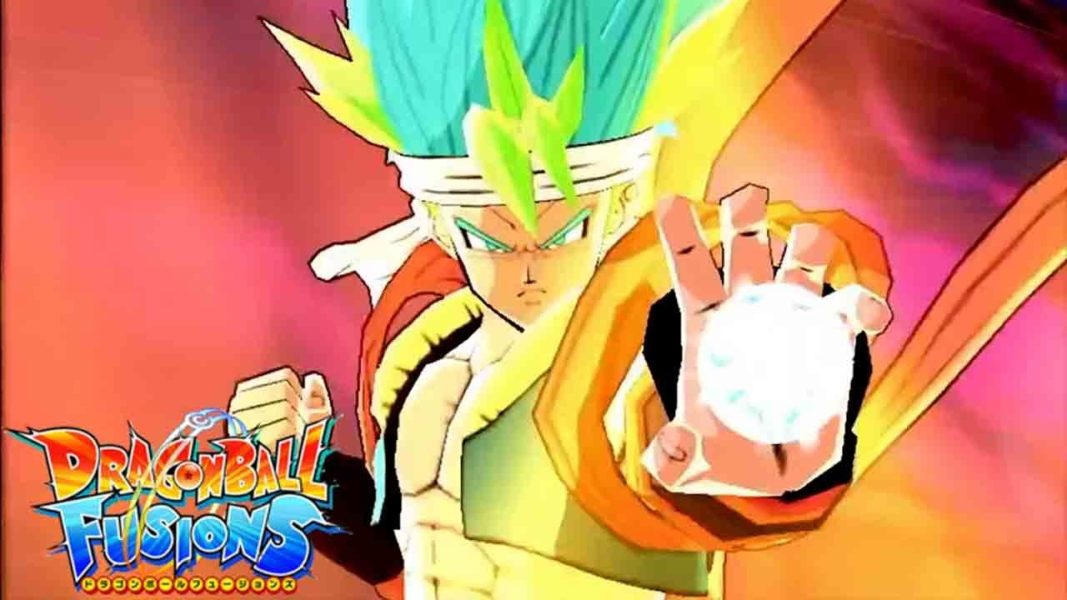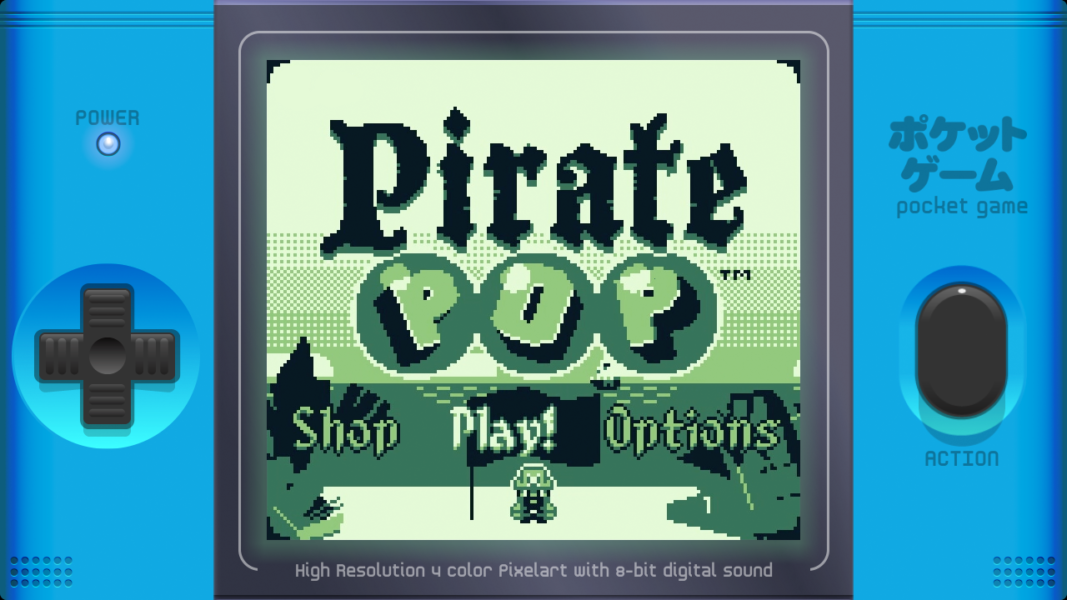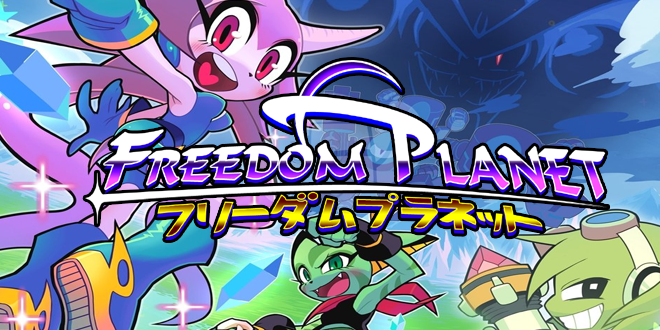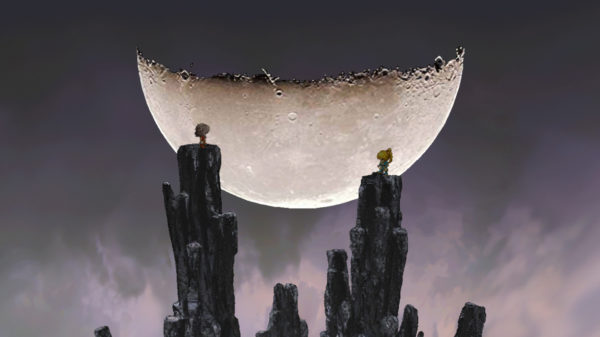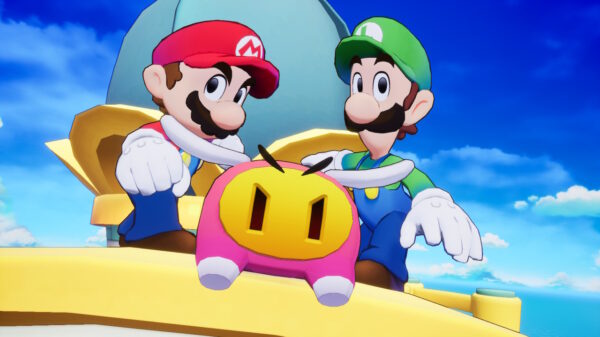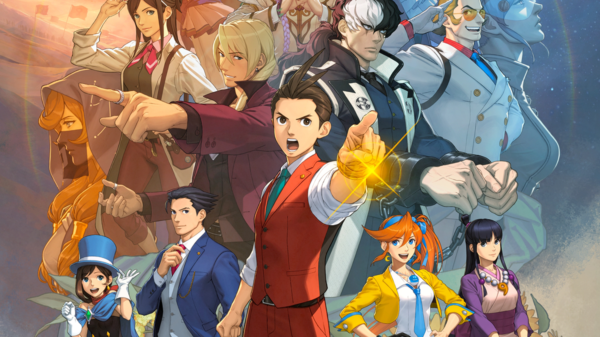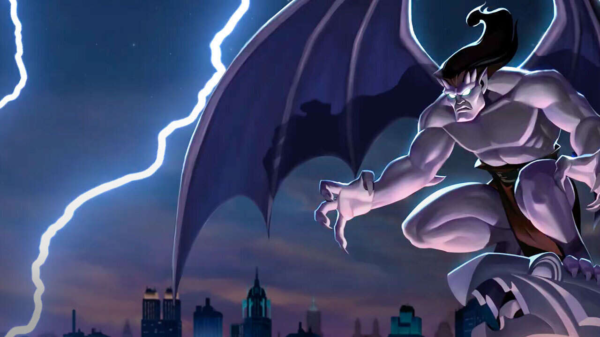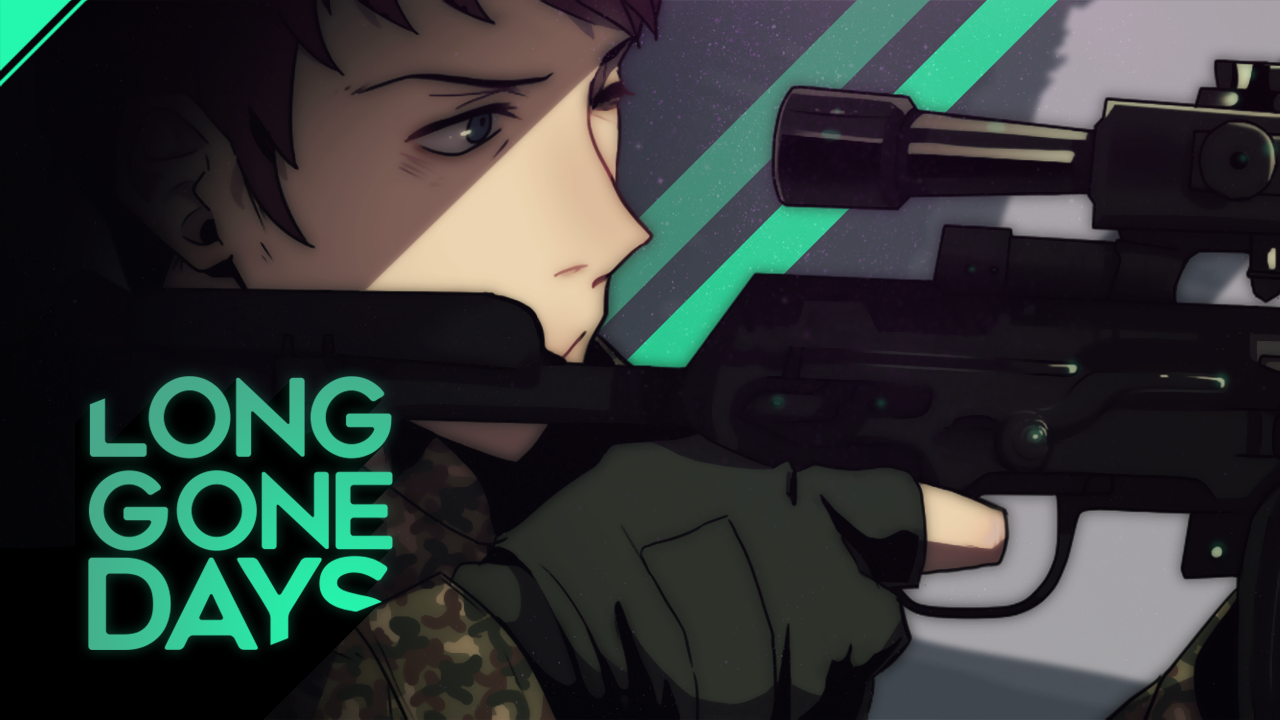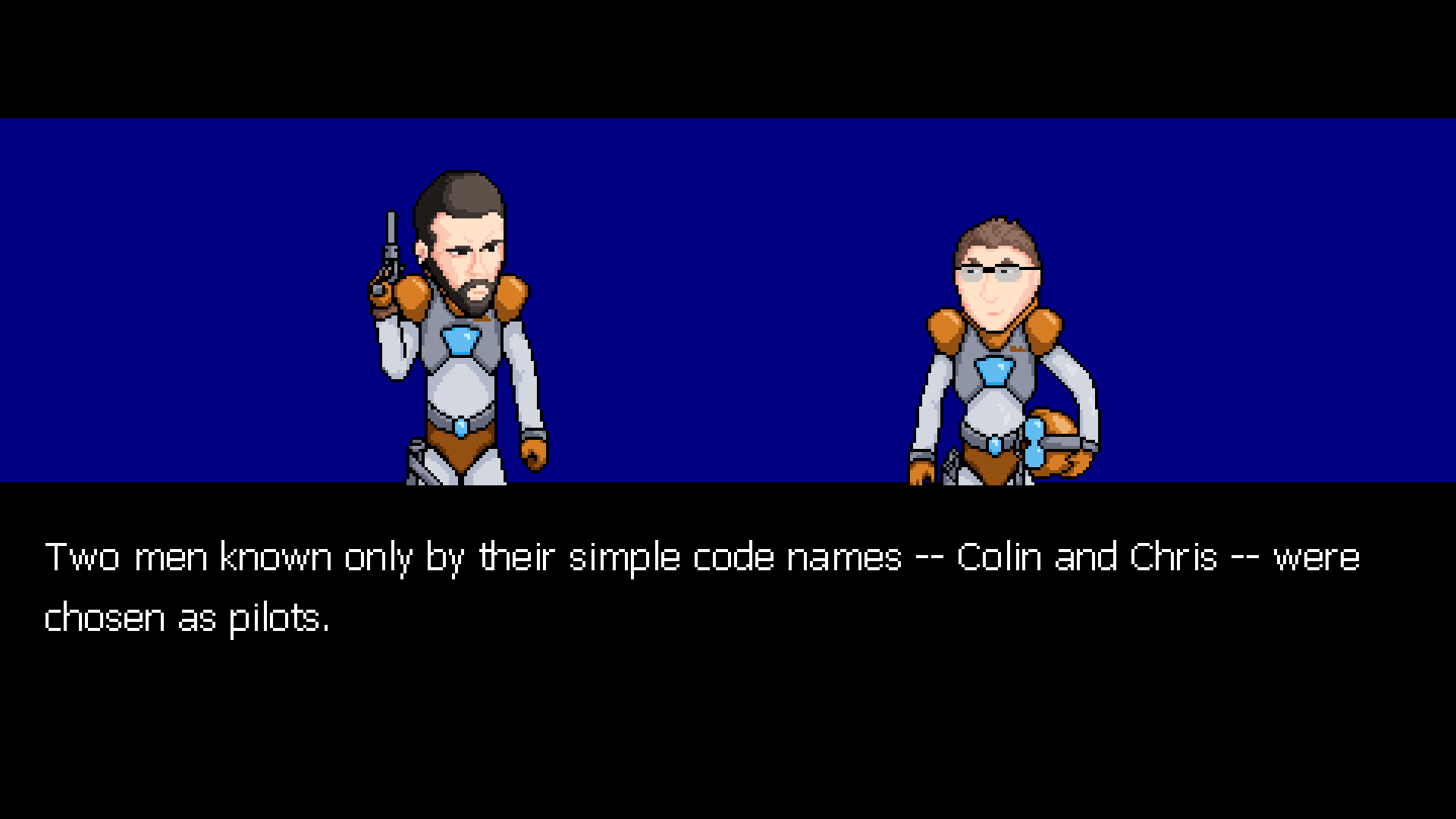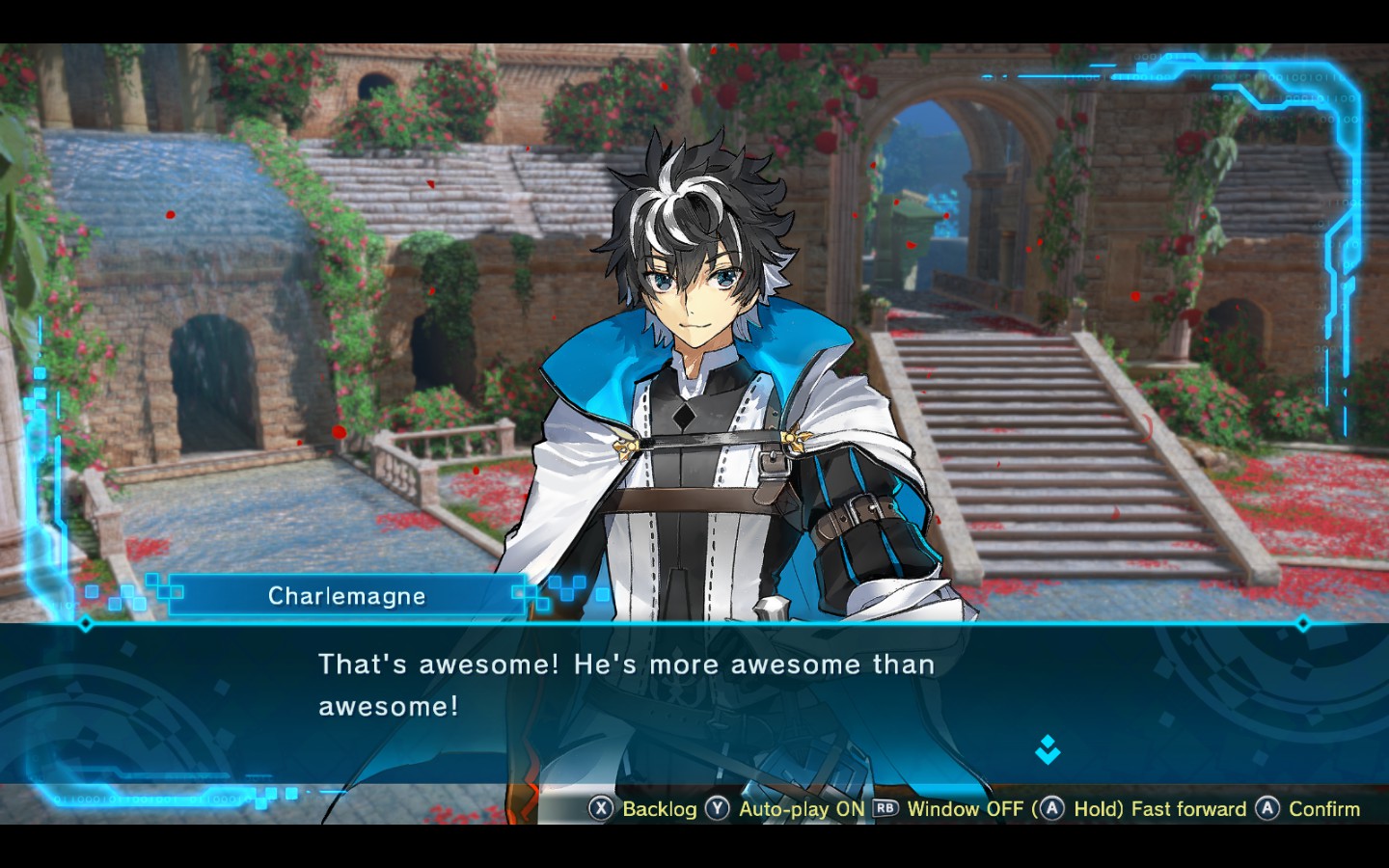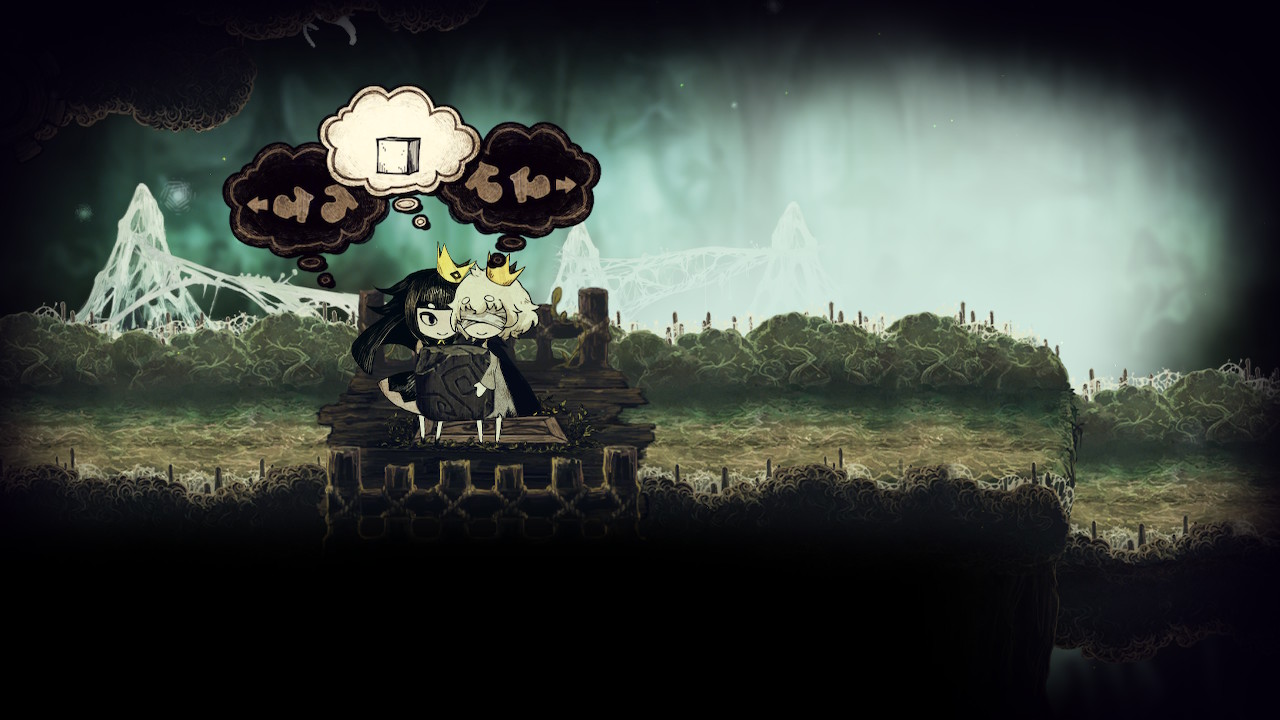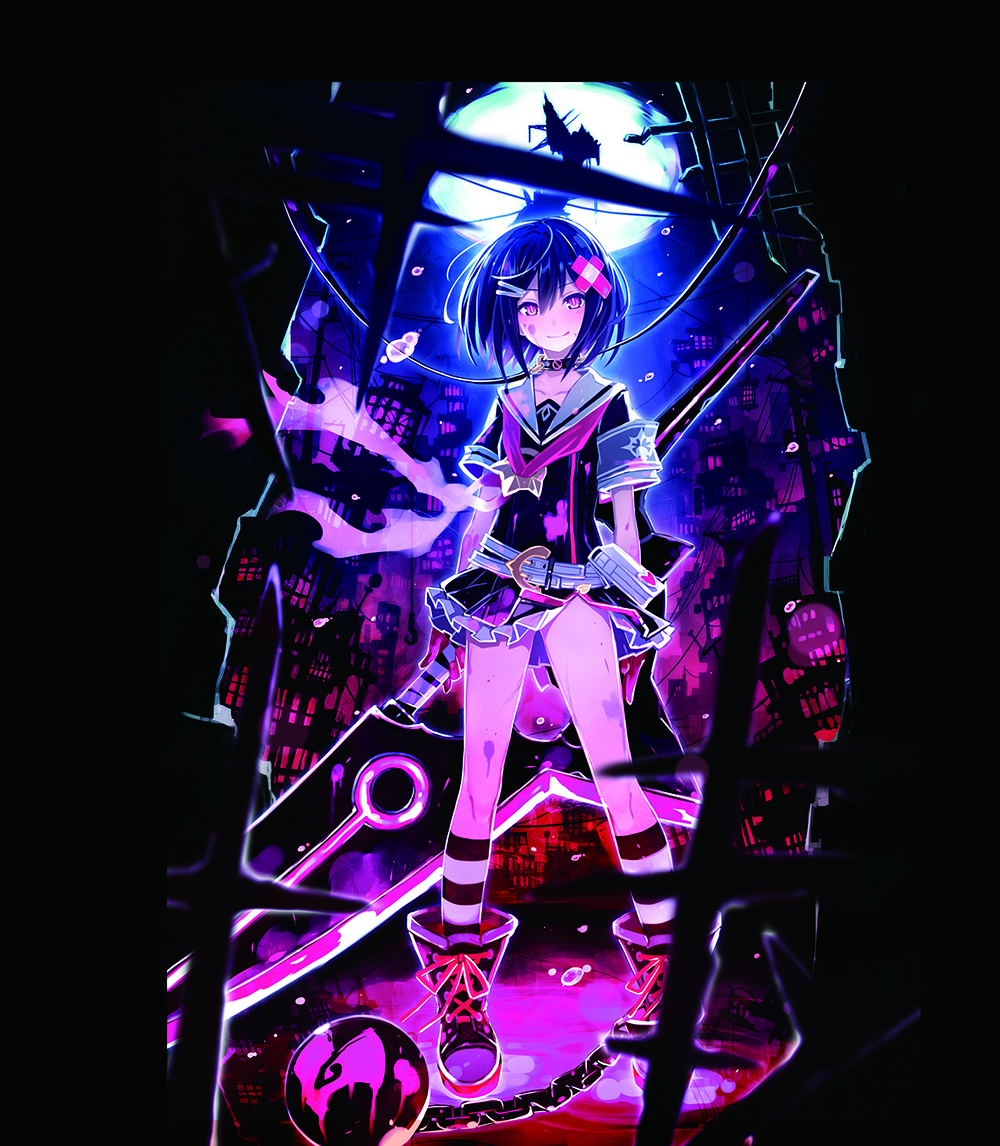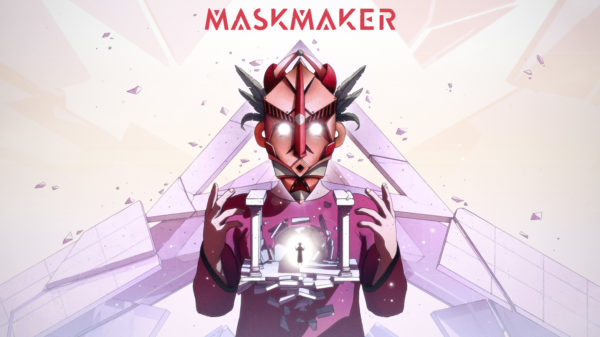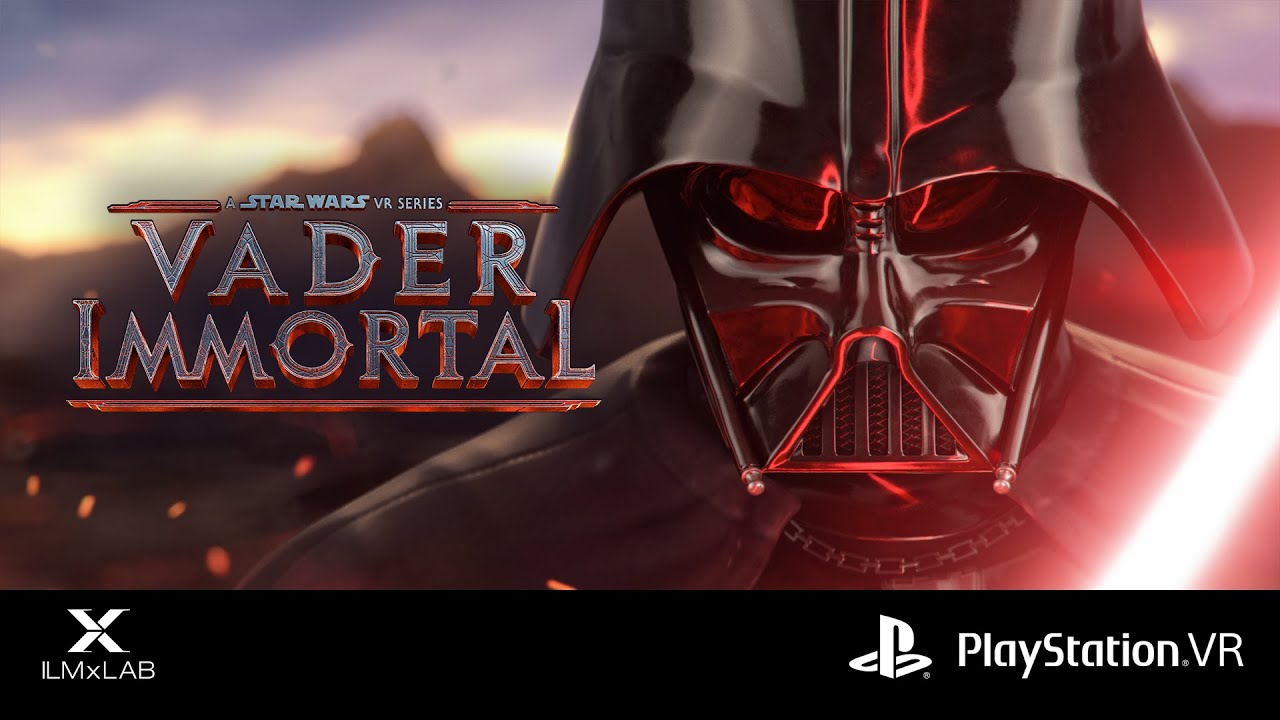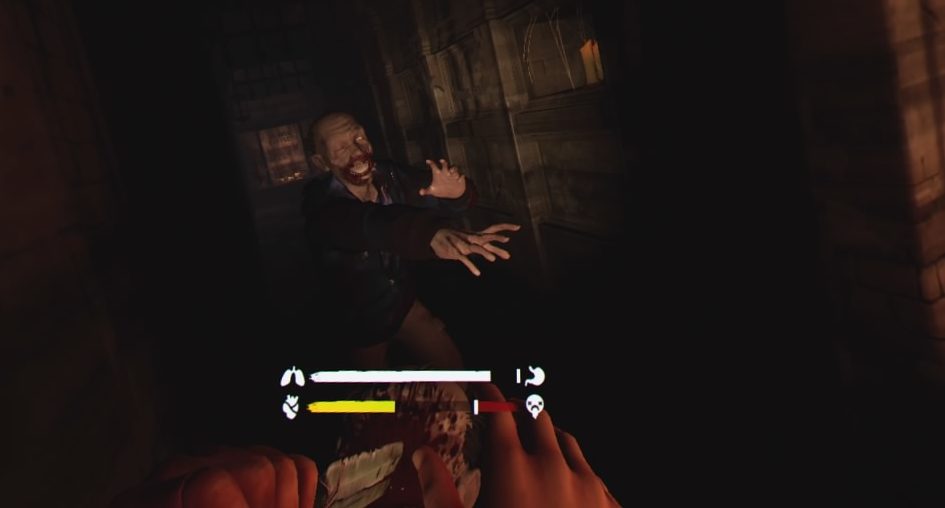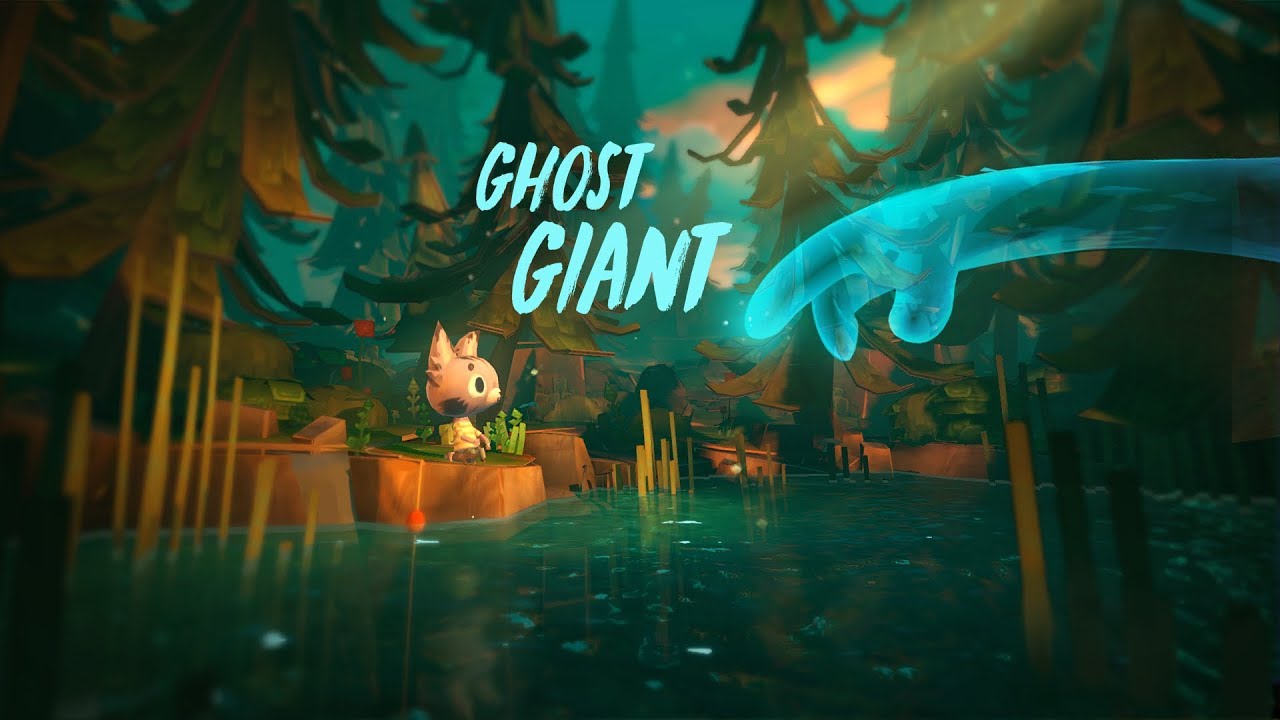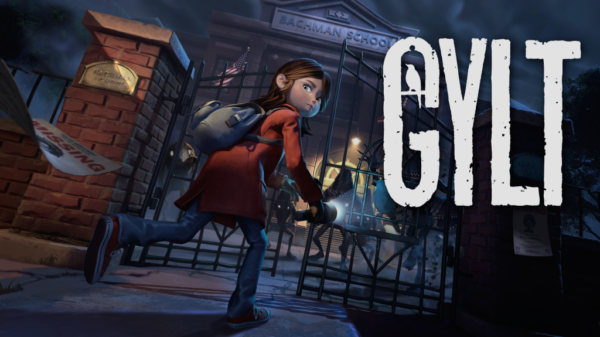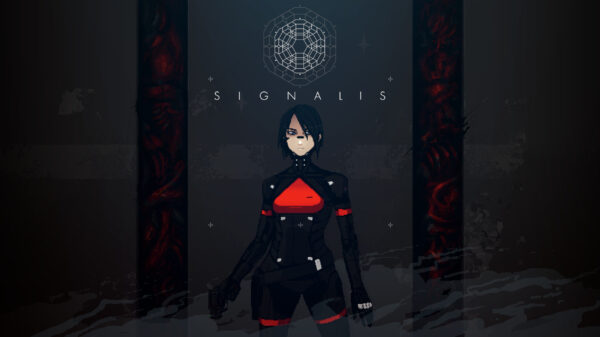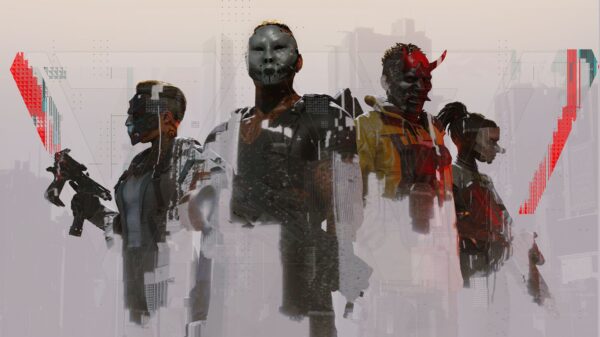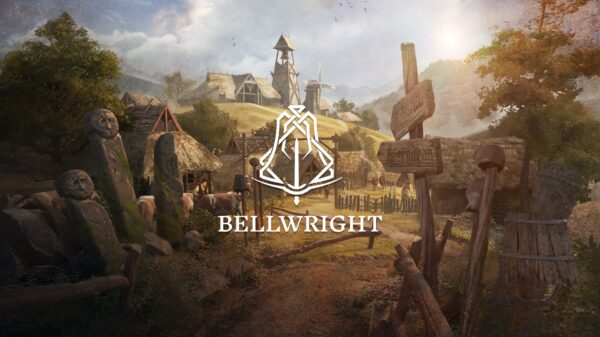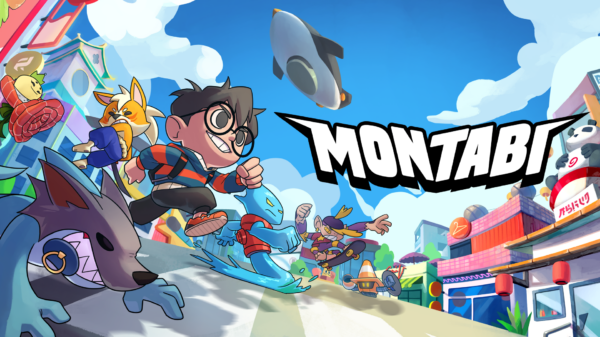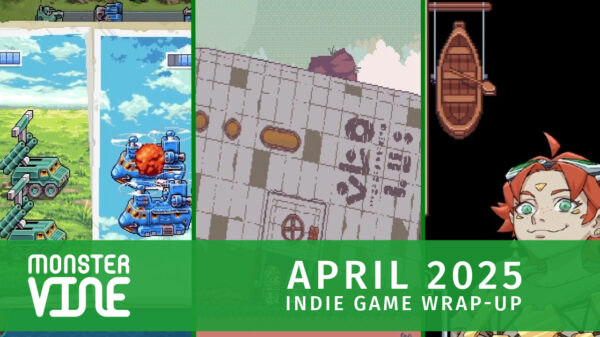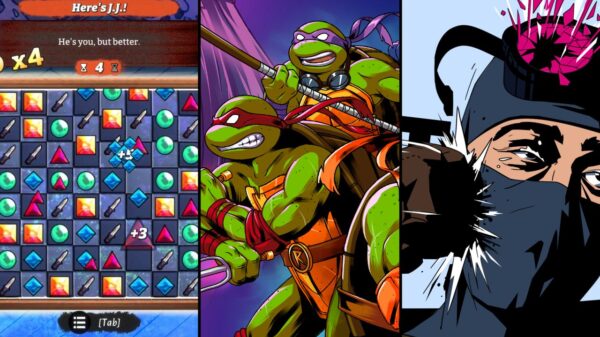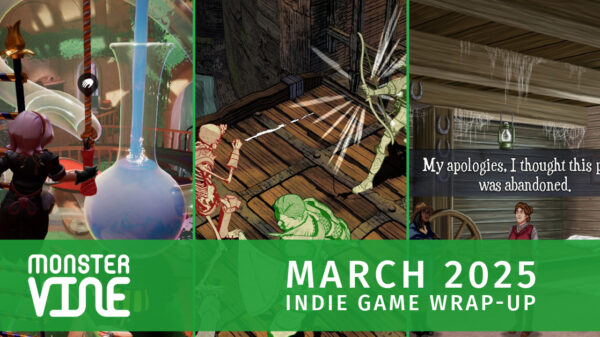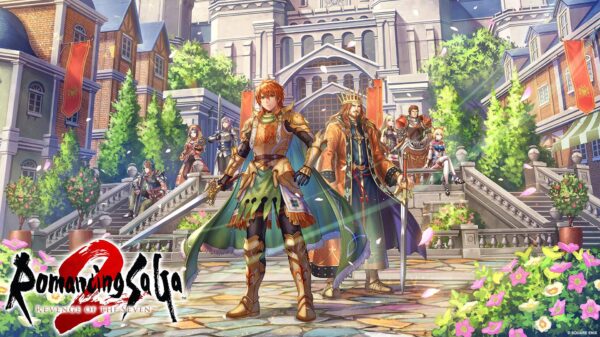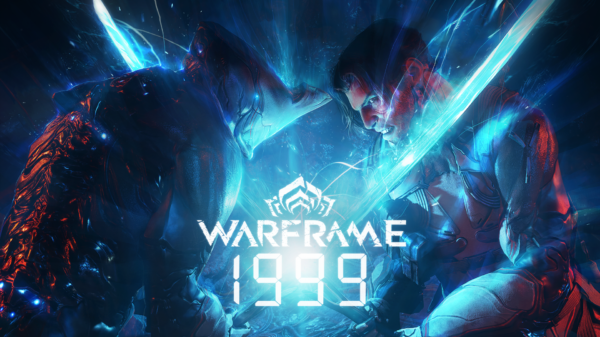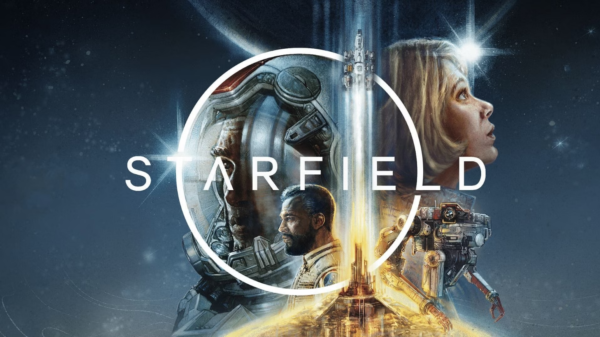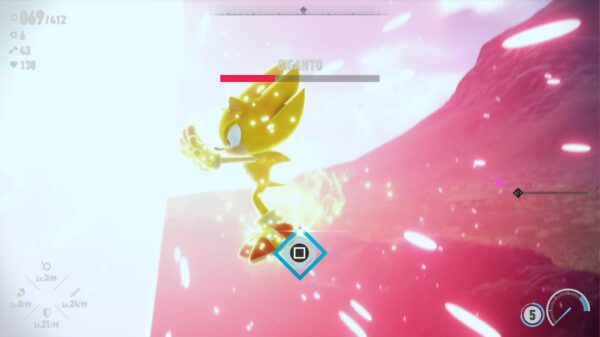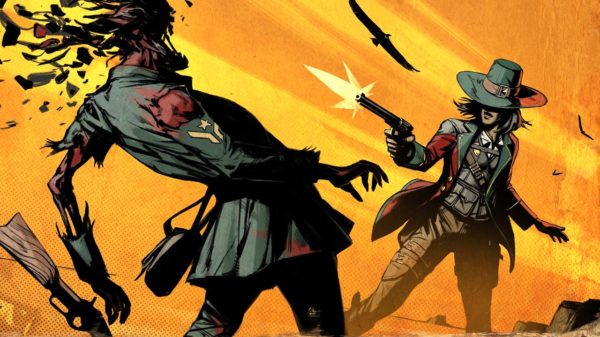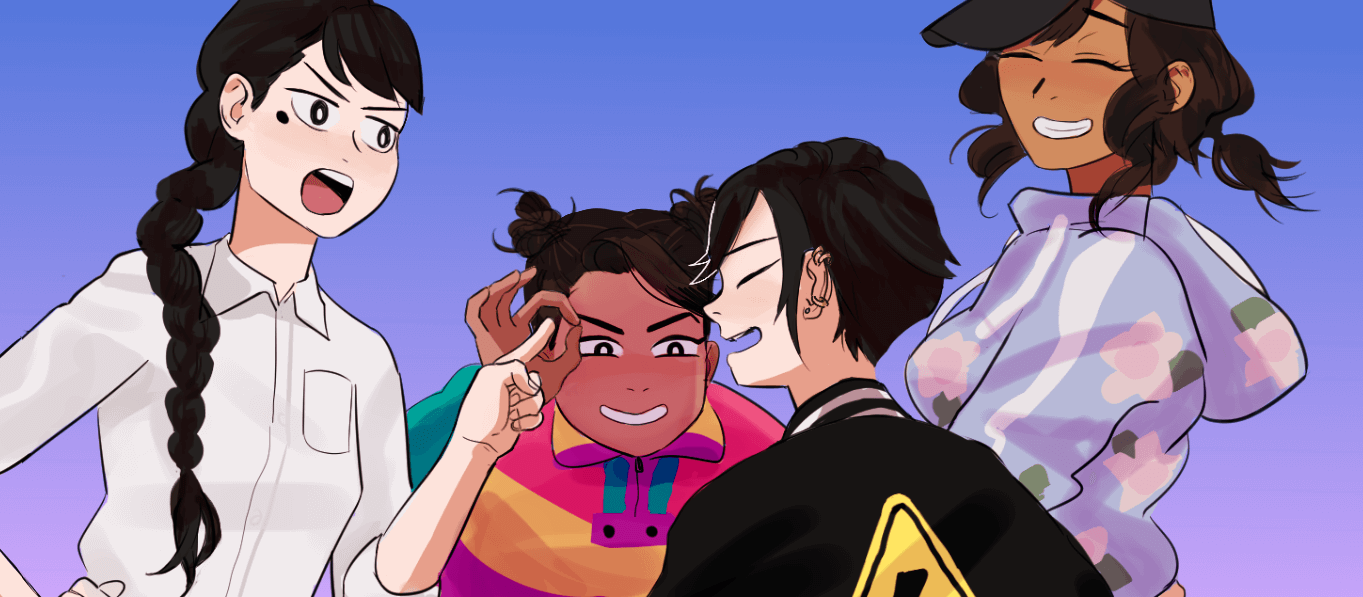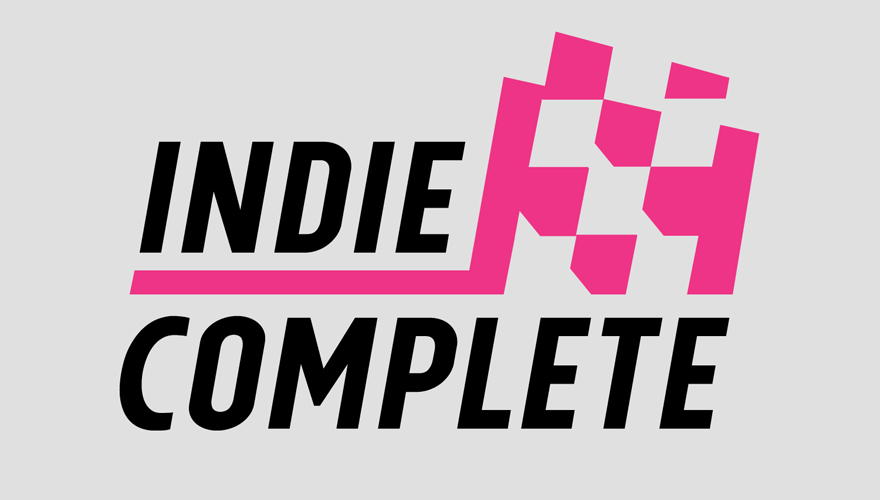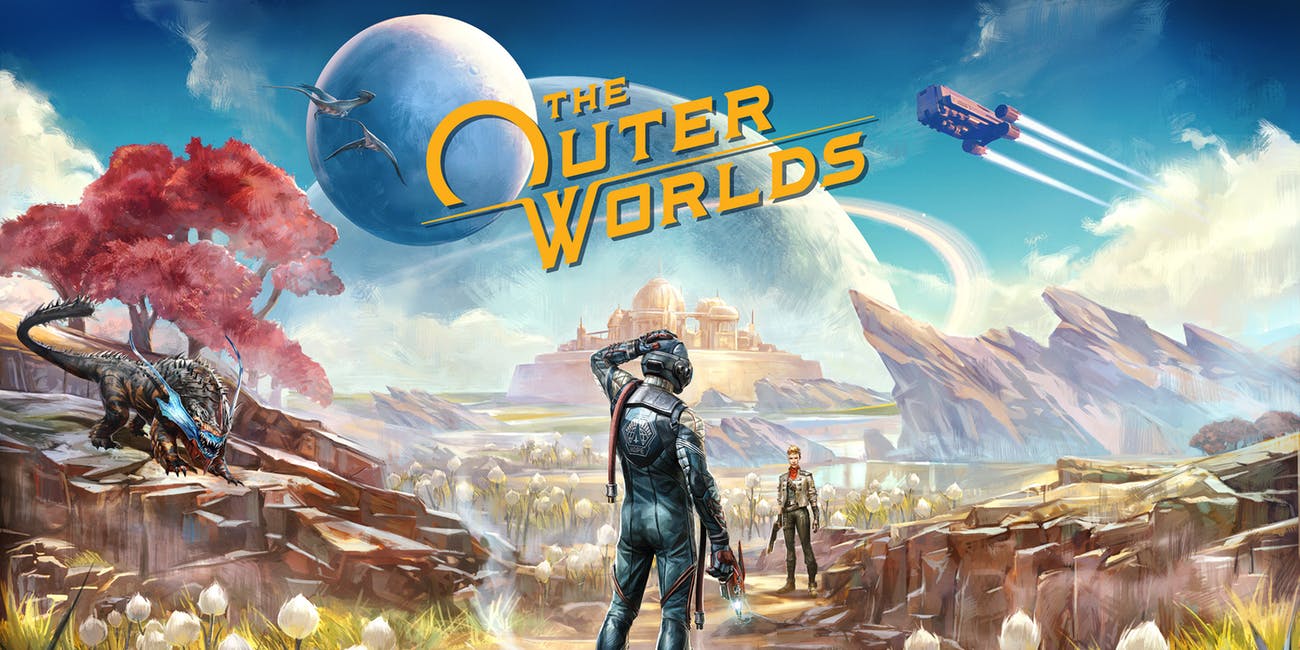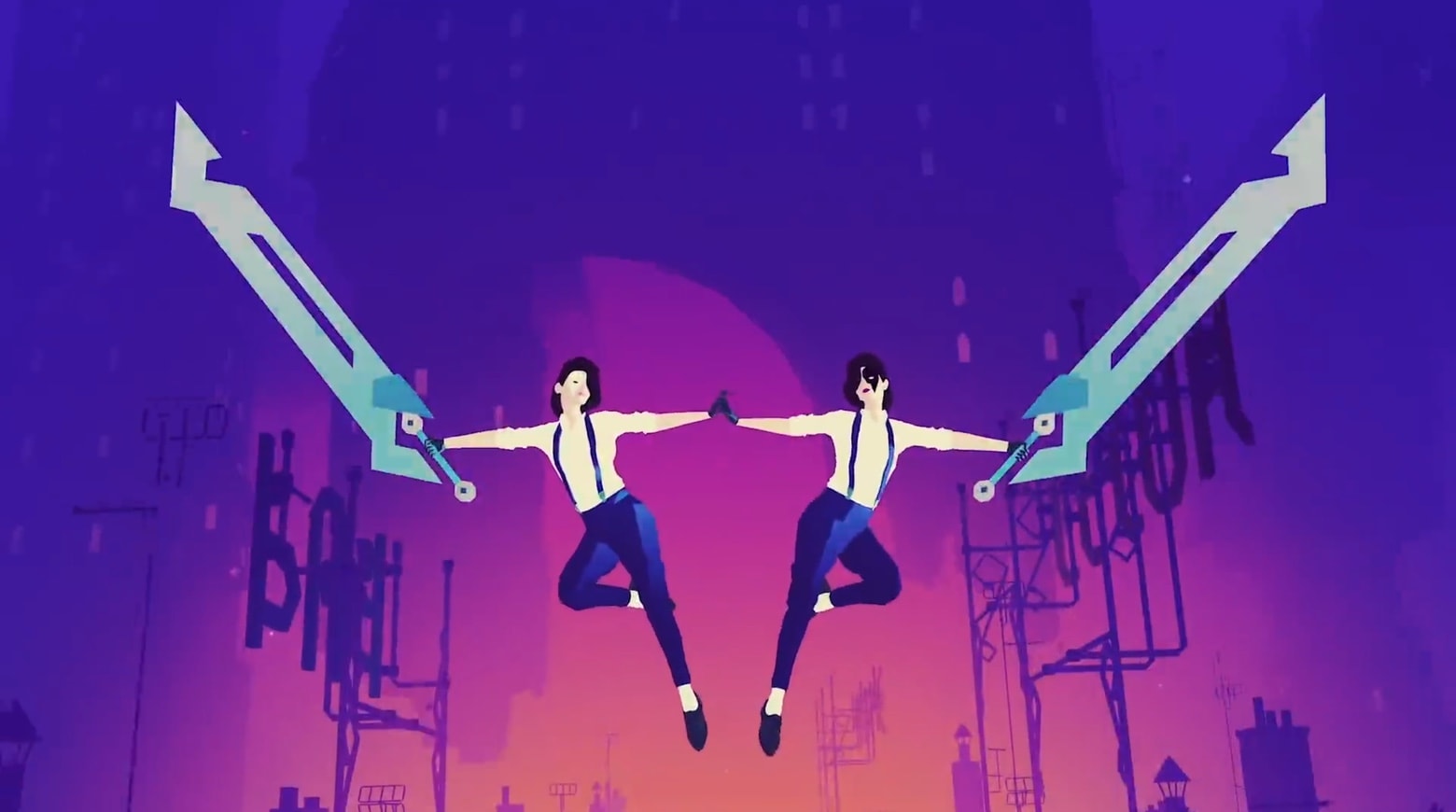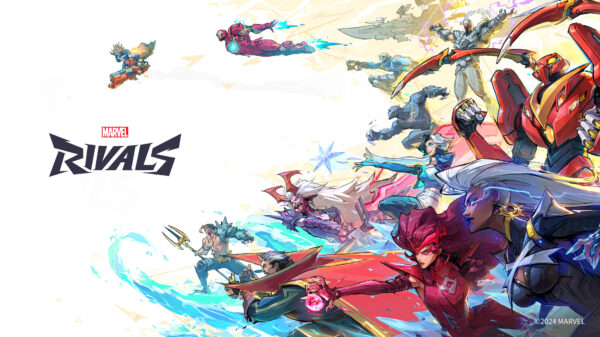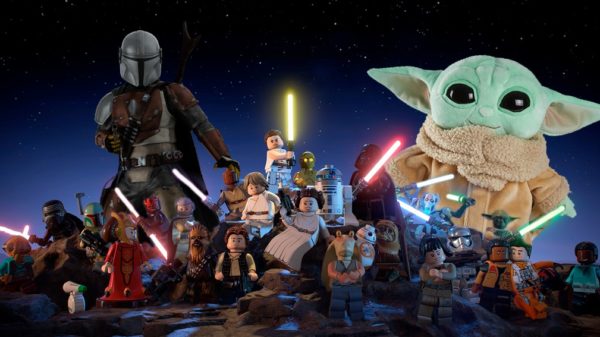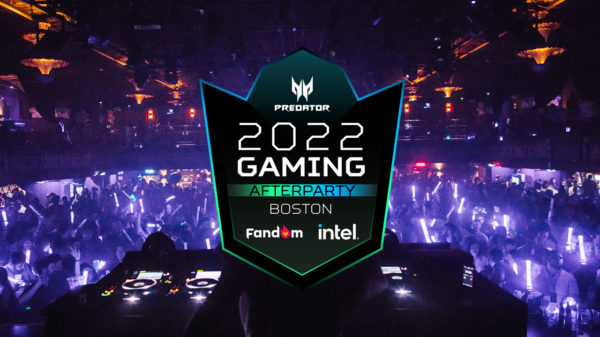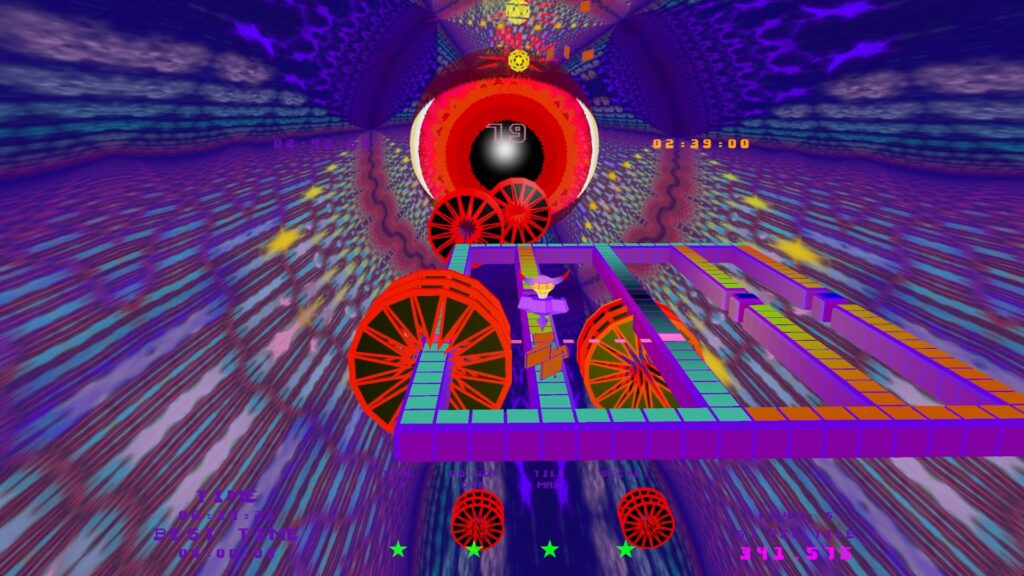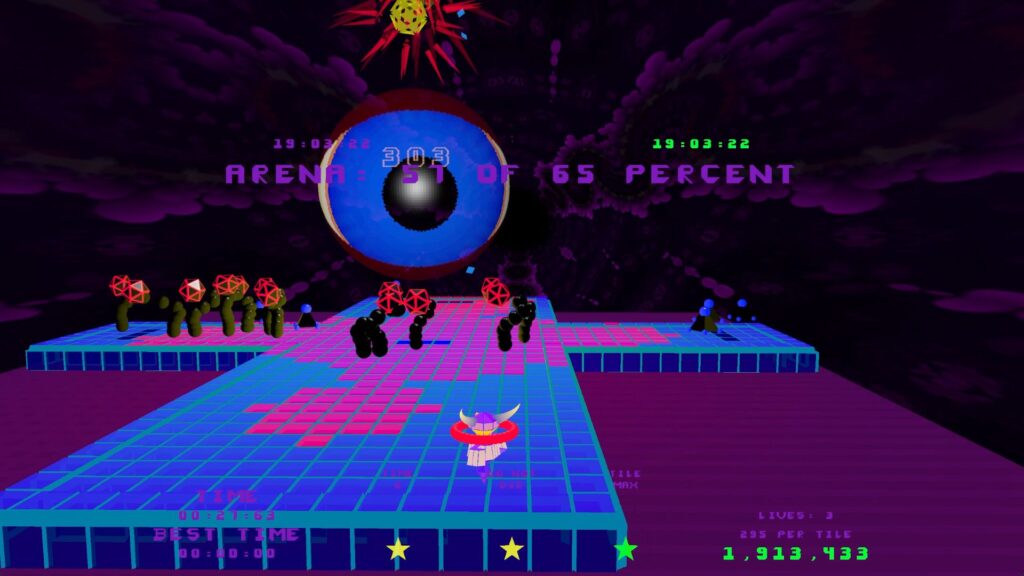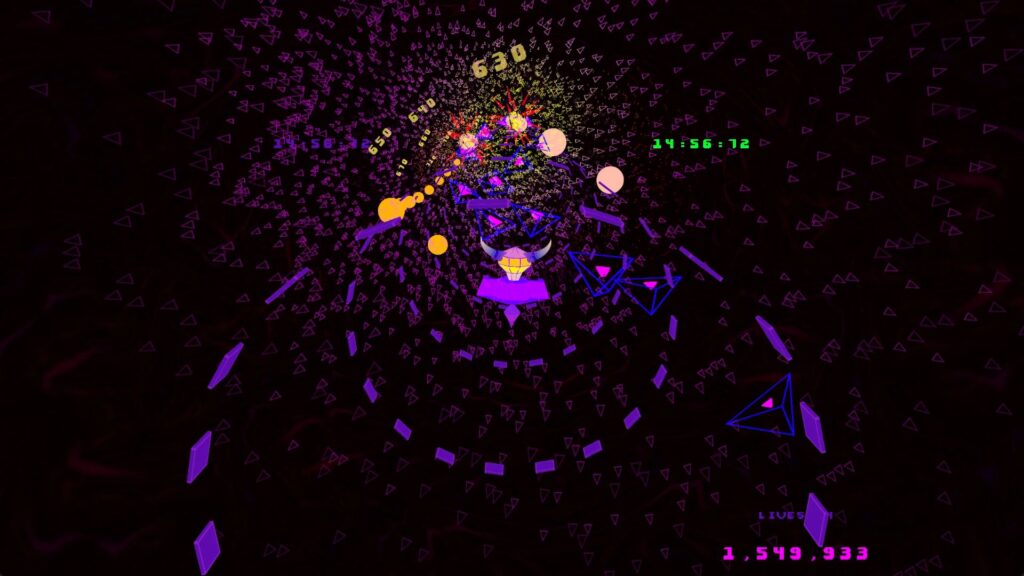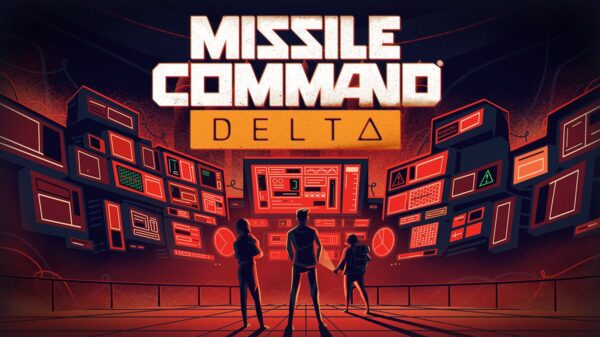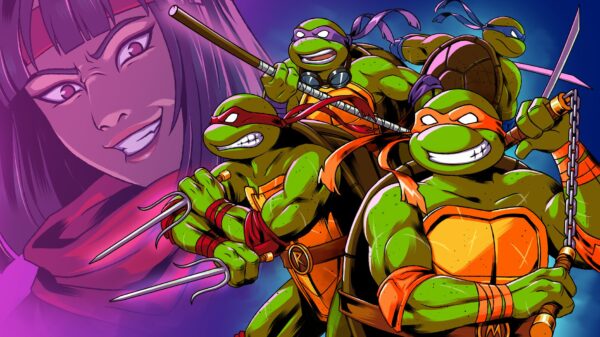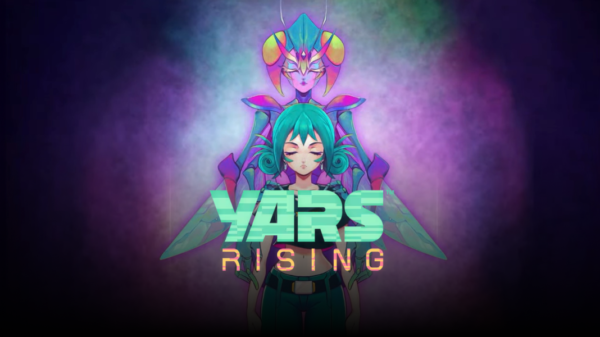During GDC 2025, MonsterVine was invited to an Atari preview where we got our hands on the studio’s upcoming game, I, Robot, by Jeff Minter. While playing I, Robot, it was extremely clear that this game was a love letter to classic arcade games that people used to play in the ancient times known as the 1980s and 1990s. Like arcade games during that era, the controls are straightforward, but the gameplay is exceptionally dense and filled with little secrets and easter eggs for players to discover.
The first thing that I noticed about the game, and it’s probably a thing most people will see first, is its color scheme. The psychedelic approach makes the game more fun and approachable. Because everywhere you look, there’s something fun and pretty to look at, even if you’re on the verge of failing a mission. On top of that, the game throws a lot of weird and trippy noises your way, so mixing all the colors around you creates a unique experience that isn’t seen all that often.
As for the gameplay, it’s something I never thought I needed until then. You play as the polygon-like figure running through platforms. Your goal is to cross everyone lit, all while avoiding or destroying other polygons in your way. These other creatures can be destroyed by shooting at them, but the catch is that players can only shoot forward, so getting the right shot involves getting things just right. In the vein of keeping things complicated, a giant eyeball is always looking at you, and if you happen to move when the eye is wide open, it’ll shoot you back to the spawn point of said level.
So, knowing when to move can become highly complicated, especially when you have other creatures coming your way and find yourself trapped in a corner. Even though each level’s objective is simple, a few curveballs are thrown at players along the way. For example, during my playthrough, I was informed that each level has a hidden task. Some include completing a level without destroying another creature or lighting up all the pathways without moving from the spawn point.
Players won’t know about these objectives until they complete them; this alone creates a fun dynamic for replayability and helps keep things fresh from level to level. Even though you’re mostly limited to the walkways, you can jump from walkway to walkway if they’re near one another.
Once a level is officially completed, players are thrown into a mini-game before the next one starts. These mainly consist of them flying on a ship, all while shooting/avoiding various objects flying your way. And staying true to its retro style, the game only allows players to move left or right while on a tube-like path. That said, it can be extremely easy to get dizzy fast and a little overwhelmed with the sheer amount of objects coming your way. But it’s clear that the game was intended to be made like that, and it adds a bit of flair to it because it’s hard not to enjoy the beauty in all the chaos coming your way.
The nice cherry on top of all of this was the other game mode in I, Robot. The game is very self-aware of how psychedelic it is and leans into it charmingly. This mode was very simple. It consisted of the screen turning various colors, and all players needed to do was press buttons, this would change how the colors appeared and even add unique sounds. So, if players want to have something fun to look at and play in the background as they do other activities, this is perfect.
Even though I, Robot is easy to pick up, it’s incredibly dense at the same time. Playing it reminded me of when I used to go to laundry mats or pizza parlors as a child and play games on the arcade. It doesn’t ask that much of you, and it insists on players having a good time. Even though things can quickly get hectic, it’s all part of its charm. I, Robot, is scheduled to come out next month on April 17. It’ll be playable on PlayStation 4, PlayStation 5, PlayStation VR2, Xbox One, Xbox Series X|S, Nintendo Switch, and PC.

